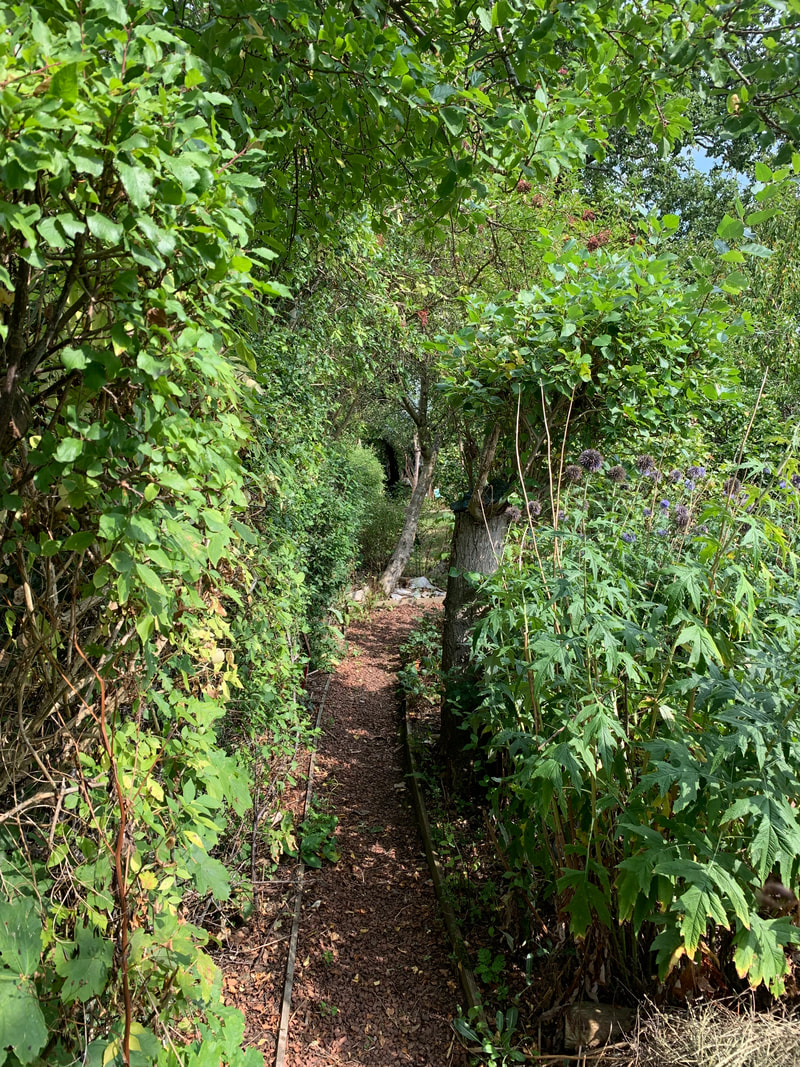|
On a hill overlooking the Vally of the River Tyne there’s a handful of acres devoted to some very special plants. Dilston is a physic garden - not a pairing of words we’re used to hearing now, but a few hundred years ago everyone would have known its meaning. It’s a botanical medicine chest.
When we visit gardens open to the public we’re accustomed to carefully curated displays chosen for height, colour and dramatic effect. Dilston is different. In what appears to be a kind of chaos, the plants are arranged by botanical and curative relationships. Everything you need for a healing balm lies close together, aromatic herbs for creating teas or infusions are grouped in neighbouring beds. And the smells! To brush through the garden is to journey through an aromatic landscape. We’ve been on a couple of courses here - Wild Medicine, Wild Food and Making Autumnal Remedies. The results sit in our kitchen: a lotion for aching joints, an infusion to warm you on cold days, cough lozenges - all made from the plants of Dilston and all grounded in serious medical research. Inspired by our experiences at Dilston, a part of the Happy House garden is now being developed as a physic garden. So far we’ve outlined a quatrefoil sequence of beds, dug the trenches for brick paths and laid down a mix of healthy topsoil and compost. By this time next year we hope to be making our own remedies at home! www.dilstonphysicgarden.com
0 Comments
|
AuthorJosie Beszant and/or Ian Scott Massie, both artists from Masham North Yorkshire, Uk. Archives
May 2024
Categories |
Happy House Masham, 24, Market Place, Masham, North Yorkshire. HG4 4EB


 RSS Feed
RSS Feed